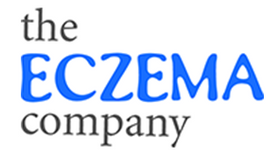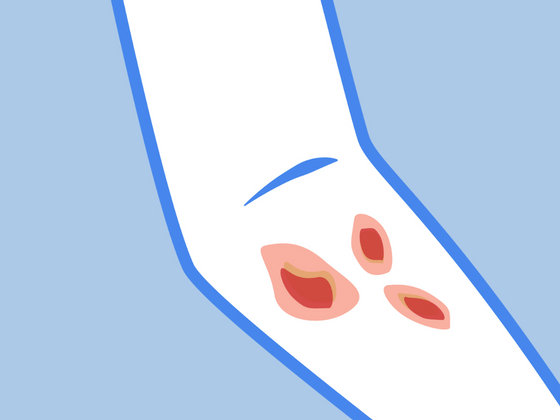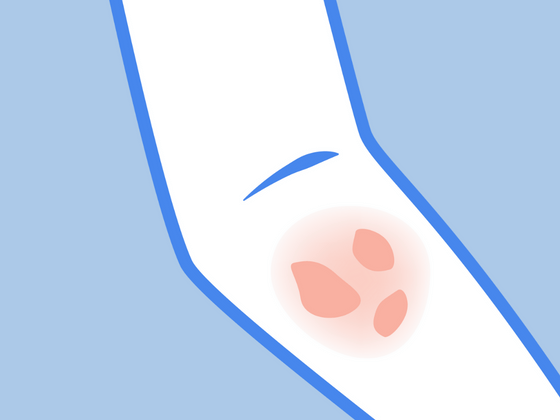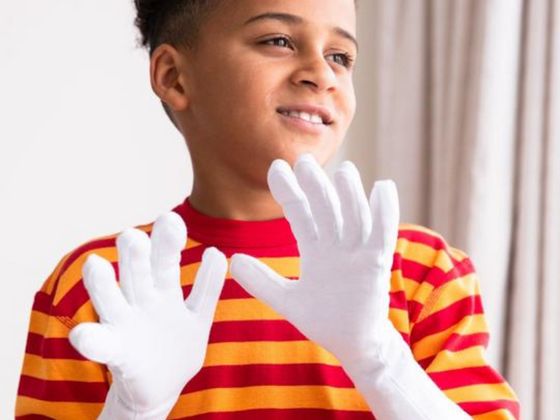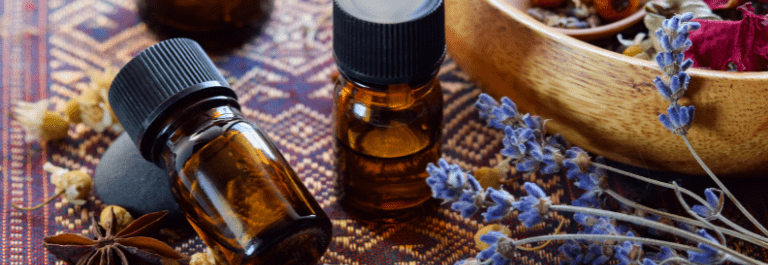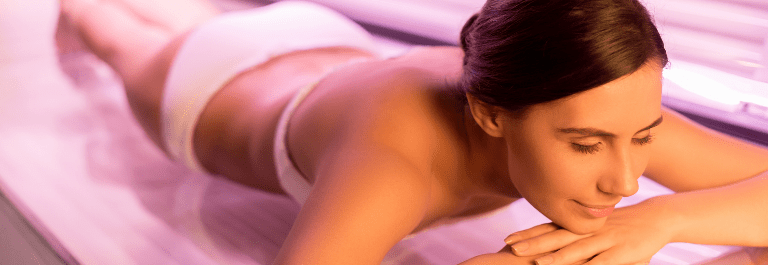Although cradle cap, otherwise known as infant seborrheic dermatitis, is often associated with babies, cradle cap for adults is possible too. If you’re dealing with yellowish scales, red skin, and a flaky scalp, it sounds like you’ve got a case of adult cradle cap. Usually accompanied by dandruff, cradle cap isn’t a serious condition but it can be a cause of discomfort or embarrassment. Read on to discover natural treatment for cradle cap for adults.
Please keep in mind that although these tips and information have worked for several sufferers, we are in no way medical professionals. If you’re experiencing severe symptoms or have a topical infection, it is always best to seek medical advice immediately.
What is Cradle Cap?
As mentioned, cradle cap is a common condition amongst infants hence the name. When adults experience cradle cap, it’s usually referred to as seborrheic dermatitis. While it’s not a cause for serious concern, cradle cap is a lifelong condition that will require continuous treatment to manage symptoms. The condition usually oily areas of the body such as the eyebrows, nose, back, chest, and ears. The most common area affected is the scalp.
Cradle Cap Symptoms
The symptoms of cradle cap in adults are similar to conditions like rosacea, psoriasis and atopic dermatitis. Although signs and symptoms may vary from person to person, these are the most common:
- Redness
- Itchiness
- Hair loss in affected areas
- Greasy or oily skin
- Yellow or white scaly patches that flake off similarly to dandruff
Causes of Adult Cradle Cap
Cradle cap in adults can be influenced by a variety of factors but the exact cause of the condition is unknown. In general, it’s believed to be related to the overproduction of oil in the skin and hair follicles. One thing is certain: cradle cap isn’t caused by poor hygiene.
Malassezia, a type of fungus that’s naturally found in the skin’s oil, may also play a role. When it grows abnormally, it can lead to an inflammatory response which may impair the skin’s outer layer and cause scaling. Cradle cap is more common amongst males than females. Symptoms may also be exacerbated by cold weather, dry climates, stress, and heavy alcohol consumption.
Home Remedies for Cradle Cap for Adults
Here are some natural treatment options that can promote long term healing and provide relief from uncomfortable symptoms.
Organic Aloe Vera for Eczema Skin Soothing Spray
This gentle spray provides cooling relief for the scalp and body. Thanks to its non-greasy formula, it’s a great remedy for the head. It’s made with calendula and aloe vera which gives it soothing properties. For an extra cool treat, we recommend storing it in the refrigerator between uses.
20% Pine Tar Soap with Tallow
This natural soap bar is renowned for its anti-bacterial and anti-inflammatory properties. Although it works well as a full body soap, you’ll discover it makes an effective itchy scalp treatment when used as a shampoo. Try it to reduce inflammation, scaling, and itching when treating dandruff, seborrheic dermatitis, scalp eczema, and psoriasis.
References
https://www.healthline.com/health/cradle-cap-in-adults
https://www.babobotanicals.com/blogs/news/how-to-get-rid-of-cradle-cap
https://www.ducray.com/en-gb/cradle-cap/adults

Bio: Kazandra is a contributor and content developer for The Eczema Company with a flair for creative storytelling rooted in strategy. Her comments, suggestions, and reflections are not intended to replace any medical advice. Always seek the help of a medical professional before undertaking any diet or lifestyle changes.
